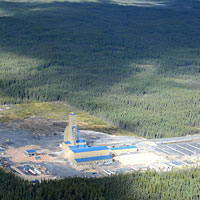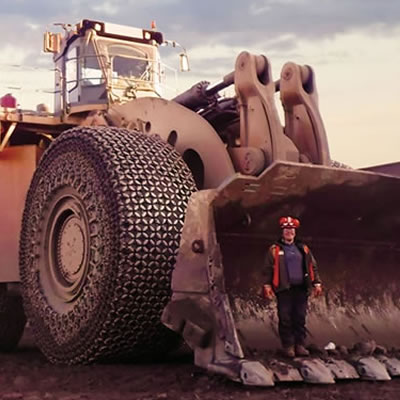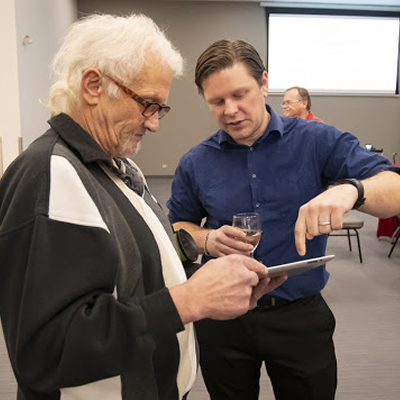Opening of Lalor, Reed mines to create 373 permanent jobs, boost northern economy

The Lalor mine, located 13 kilometres west of Snow Lake, Manitoba. — Photo courtesy HudBay Two new mines developed by Hudbay Minerals in northern Man
The Lalor mine, located 13 kilometres west of Snow Lake, Manitoba. — Photo courtesy HudBay
Two new mines developed by Hudbay Minerals in northern Manitoba, the Lalor and Reed mines, are officially open and are expected to create 373 permanent jobs while injecting millions into the regional economies over their lifetimes, Mineral Resources Minister Dave Chomiak has announced.
“Mining has been an important part of Manitoba’s economy for decades and these new mines will produce real benefits for local communities including employment for more than 370 workers,” said Minister Chomiak. “These are good jobs that will help improve living standards and create significant economic growth.”
Hudbay’s Lalor mine, located 13 kilometres west of Snow Lake, contains gold, zinc, copper and silver. It is quickly evolving into one of the most significant base-metal discoveries in a generation and is expected to support mining beyond 2030, the minister said. The total mine construction budget is $441 million. Ore from the mine will be processed at the refurbished Snow Lake concentrator, where capacity has been doubled to 2,700 tonnes per day.
The Reed copper mine, located in the Grass River Provincial Park, 45 kilometres west-southwest of Snow Lake, is a joint venture between Hudbay and VMS Ventures Inc. Copper reserves associated with the project have an estimated value of $800 million, Minister Chomiak said.
The minister will attend ceremonies at the mines today to recognize HudBay for the discovery of the Lalor deposit and VMS for the discovery of the Reed deposit, and commend staff and unions for developing the deposits on or under budget and on schedule.
“Northern Manitoba is the foundation of Hudbay’s success. The milestone of officially opening Lalor and Reed is the newest chapter in our long history here,” said David Garofalo, president and CEO, Hudbay. “Lalor and Reed reflect the talent and commitment of our workforce and the engagement and vision of the provincial government. Mining has contributed to the growth and diversification of the economy in this part of the province and Hudbay looks forward to our future here.”
The minister also noted the mines are an example of the effectiveness of Manitoba’s regulatory process, progressing from discovery to production in less than seven years.
“Manitoba has been recognized nationally and globally as one of the best places in Canada for exploration and mining,” said Minister Chomiak. “Our government has worked hard to create a supportive environment for the mining industry. The recent establishment of the Minister’s Mining Advisory Council is an example of how industry, First Nations and government can work together to ensure everyone benefits from mining in Manitoba.”
Provincial incentives for exploration and mining include the Mineral Exploration Assistance Program (MEAP), the Prospector’s Assistance Program, the Mineral Exploration Tax Credit and various Mining and Exploration Tax Incentives. Manitoba is also the only Canadian jurisdiction to offer double work-assessment credits for all eligible exploration expenses incurred in 2014 and 2015, to help companies explore through challenging economic times, the minister said.
To support the industry and create more opportunities for young people in the north to stay and work close to home, the Northern Manitoba Mining Academy in Flin Flon offers extensive training in the latest equipment and proper safety procedures, Minister Chomiak said.
Mining and petroleum industries are the second-largest primary resource industry in Manitoba’s economy. In 2013, capital expenditures on mining and petroleum development totalled an estimated $1.4 billion and the industries accounted for approximately seven per cent of provincial GDP and 8.7 per cent of total exports. The value of mining and petroleum production in 2013 totalled more than $3 billion.




